Boer goats originally come from South Africa, but they have found their way to many places around the world, including Norway. At Hjellup Fjordbo you can meet these lovely, calm and loving creatures.
The name "boer" means "farmer" in Afrikaans. The goats of the same name have been highly valued by farmers for their productive qualities.
The story of Boer goats
Boer goats were first introduced in Norway as recently as the 1990s. Since then, they have become increasingly popular due to their impressive size, which makes them suitable for meat production. In addition, they have a unique ability to adapt to different climatic conditions.
Boer goats are larger than most other breeds of goats, weighing up to 135 kg for males and 100 kg for females. They are powerful and robust animals, with a broad and solid body.
Boer goats are otherwise best known for their characteristic white body and reddish-brown head, although there is some variation within the breed.
Fun behavior and calm temperament
If you watch a herd of Boer goats for a few minutes, you may find that some of them sit down on their bottoms. Almost like a dog. You'll want to have your camera ready, because this is a strange sight.
They are also known for their calm and friendly temperament. This makes them great pets in addition to their usefulness as production animals.
If you wave a sprig of green leaves in front of the herd at Hjellup Fjordbo, all the goats may well come for a taste. No danger of gorging. They're just affectionate and very fond of company. And most of them like to be petted and cuddled.
See what Hjellup Fjordbo has to offer in terms of accommodation and experiences.
For both production and company
Although this type of goat is not the primary breed for milk production, they still produce a significant amount of milk that is nutritious and tasty. At Hjellup Fjordbo , the goat's milk is used directly to feed new Boer goat cows, so no milk from our own goats is used in the food served to guests. However, goat's milk in various forms can be found in several of the dishes on offer.
The meat of Boer goats is highly valued for its tenderness, taste and nutritional value, making them an important source of meat for many farmers. As a guest of Hjellup Fjordbo , you will also benefit from this. There's nothing to look forward to.
Goats, also of this variety, are effective "lawn mowers", which can help with landscaping and weed control. They can also help prevent forest fires by reducing the amount of combustible material in woodlands.
How to care for Boer goats
Boer goats need a balanced diet to maintain their health and productivity. They eat a wide range of plants, including grasses, leaves, shrubs and trees. They are perfectly suited to the steep landscape at Hjellup Farm.
Goats need adequate shelter to protect themselves from the weather, as well as enough space to move around and exercise natural behavior. This is what they get at Hjellup Fjordbo.
Due to their adaptability and productive characteristics, Boer goats can play an important role in sustainable agriculture, contribute to food security and support local communities. It is precisely sustainability, proximity and good use of resources that are important to Marit and Ola at Hjellup Fjordbo.
Boer goats are more than just a source of food. They are part of our culture, our recent history and our future. They represent sustainability, productivity and love.
Frequently asked questions about Boer goats
- What do Boer goats eat? Boer goats are omnivorous and can eat a wide variety of plants, including grasses, leaves, shrubs and trees.
- How big do Boer goats get? Boer goats can reach a weight of well over 100 kilograms for males and just under 100 kilograms for females.
- What do Boer goats look like? Boer goats are known for their white body and reddish-brown head, although there are variations within the breed.
- Where do Boer goats originally come from? Boer goats originally come from South Africa, but are now found in many parts of the world, including Norway.
- What are the benefits of keeping Boer goats? Benefits include milk and meat production, landscaping and weed control, as well as their contribution to sustainable agriculture. They are also very sociable and people-friendly animals.
Want to know more about this type of goat? Then take a look at the website of Norboer, which is the breed association for the Norwegian Boer goat. They work to increase interest in and knowledge of Boer goats in Norway.

